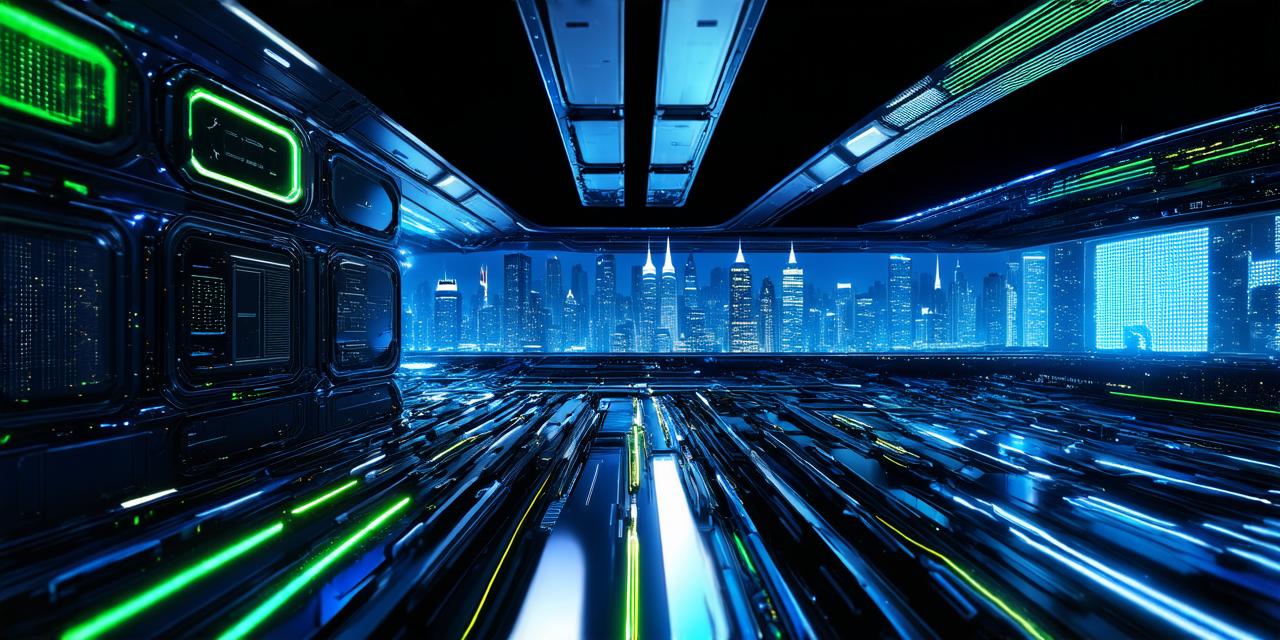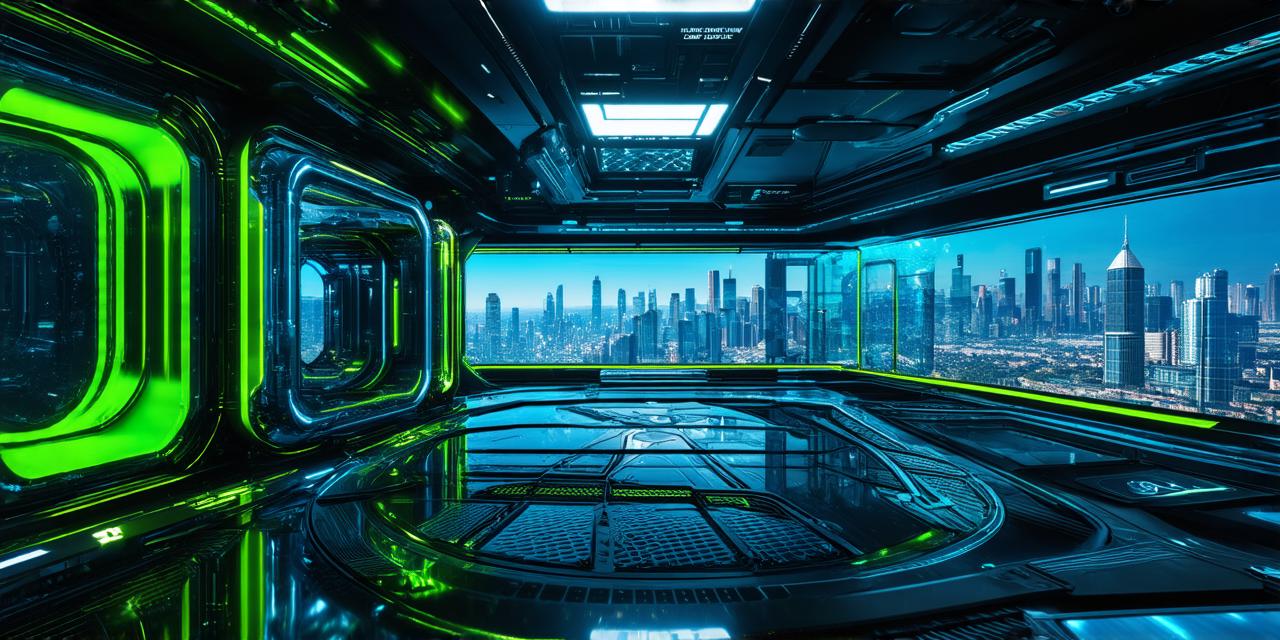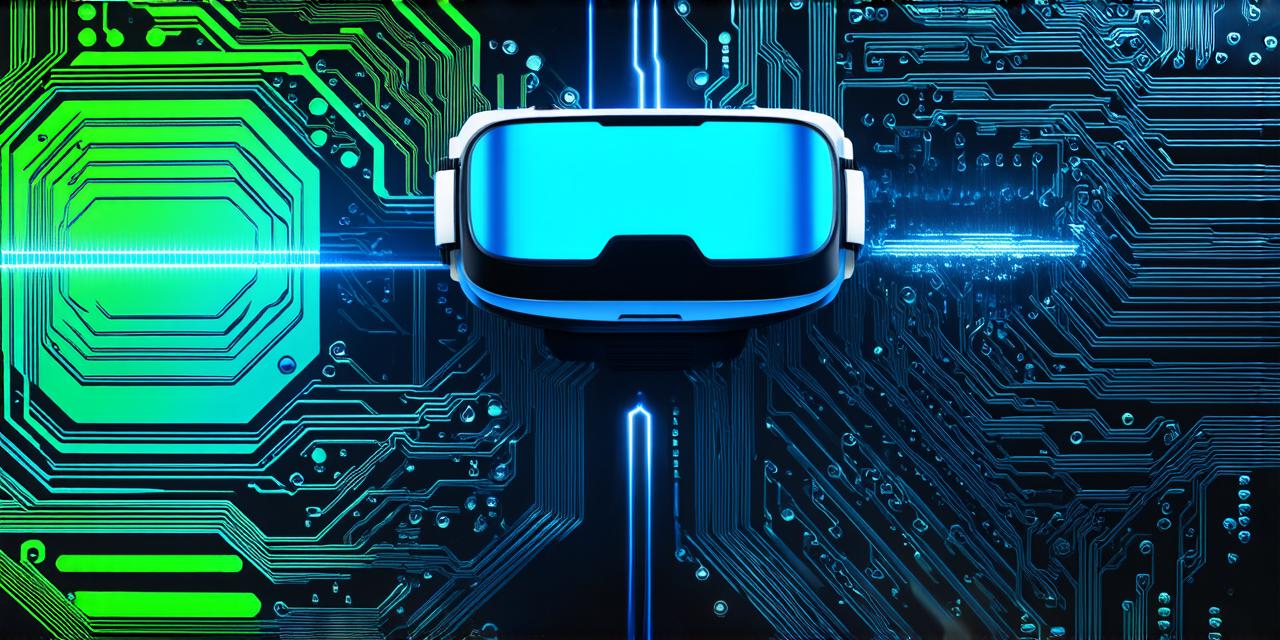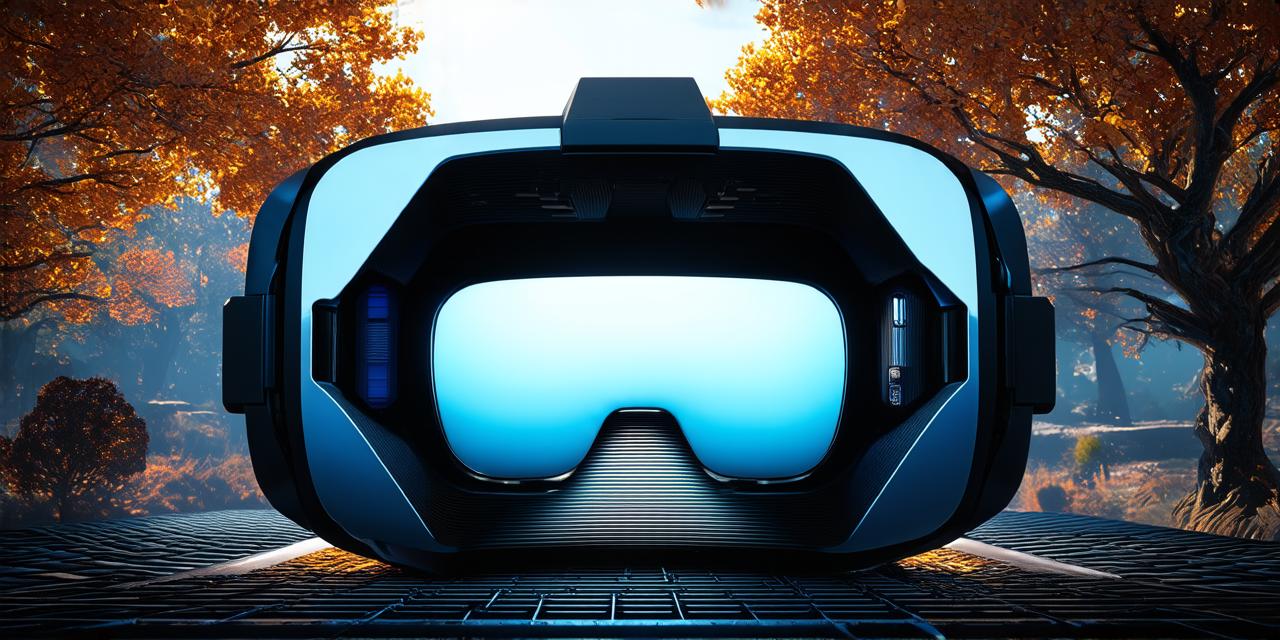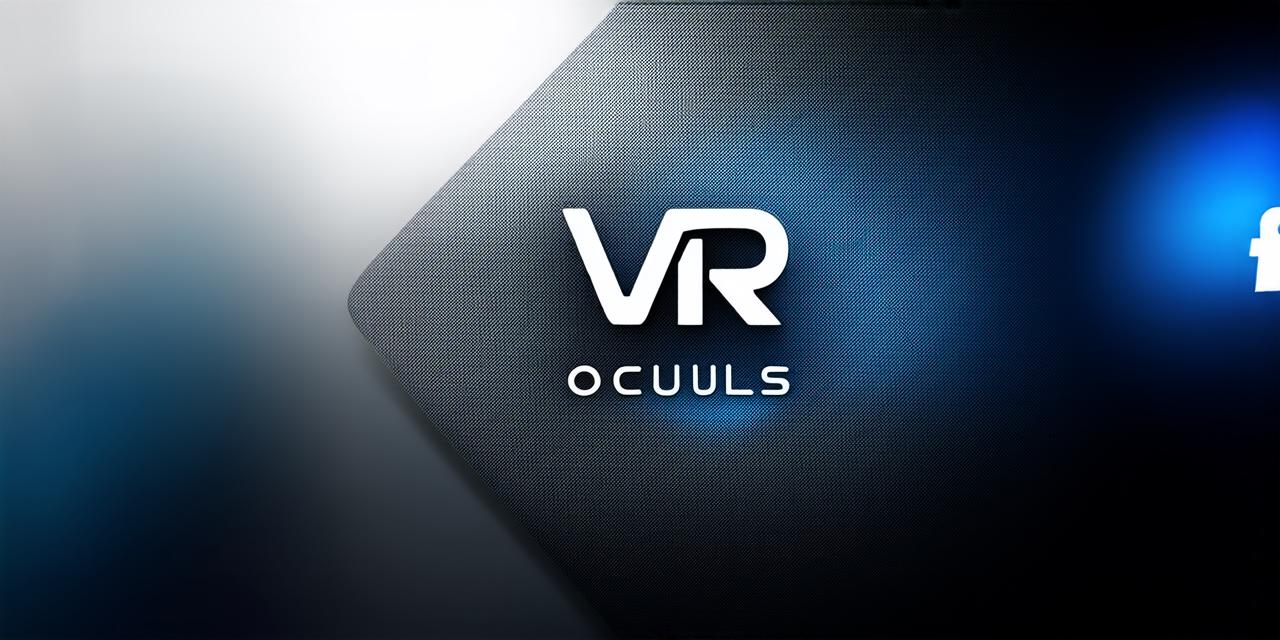Introduction:
Augmented reality (AR), virtual reality (VR), and mixed reality (MR) are emerging technologies that have the potential to transform various industries, including gaming, healthcare, education, and more. In this article, we will explore what these technologies are and how they differ from one another, as well as their potential applications in different sectors.
What is Augmented Reality?
Augmented reality (AR) is a technology that overlays digital information onto the real world. This digital information can include images, videos, or animations, which are then integrated with the user’s view of the physical environment. AR technology allows users to experience the world around them in a more interactive and immersive way, while also providing additional context and information about their surroundings.
For example, AR is used in the retail industry to create virtual product displays that allow customers to see how furniture or home decor would look in their space before making a purchase decision. AR can also be used in the education sector to provide students with interactive learning experiences that bring abstract concepts to life in a more tangible way.
What is Virtual Reality?
Virtual reality (VR) is a technology that creates an entirely artificial environment for users to experience. This environment can be anything from a simulated cityscape to a virtual amusement park, and users are fully immersed in this artificial world through the use of specialized headsets or other devices.
While VR provides a high level of immersion and can be a great way to escape into a different reality, it is also quite expensive and requires significant technical expertise to set up and maintain. As a result, VR technology has primarily been used in industries like gaming and entertainment, where the cost of creating an artificial environment is less of an issue.
What is Mixed Reality?
Mixed reality (MR) is a technology that combines elements of both augmented reality and virtual reality to create a hybrid experience for users. This means that digital information is overlaid onto the real world, as with AR, but users can also interact with this digital information in a more immersive way, as with VR.
MR technology has the potential to be used in a wide range of industries, including healthcare, education, and manufacturing. For example, in healthcare, MR technology can be used to create virtual simulations that allow surgeons to practice procedures on a physical model before performing them on a patient. In manufacturing, MR technology can be used to provide workers with real-time information about how to assemble products more efficiently.
Summary:
In conclusion, augmented reality (AR), virtual reality (VR), and mixed reality (MR) are all emerging technologies that have the potential to transform various industries. While each of these technologies offers a different level of immersion and interactivity, they all share the common goal of enhancing users’ experiences of the physical world.
As these technologies continue to evolve, we can expect to see them being used in increasingly creative and innovative ways across a wide range of sectors. Whether you are an AR developer looking to create new and exciting applications for this technology or simply someone who is interested in how emerging technologies are shaping our future, there has never been a better time to learn more about AR, VR, and MR.
FAQs:
1. What is the difference between augmented reality (AR), virtual reality (VR), and mixed reality (MR)?
The main difference between AR, VR, and MR lies in the level of immersion and interactivity they offer. AR overlays digital information onto the real world, while VR creates an entirely artificial environment for users to experience. MR combines elements of both AR and VR to create a hybrid experience for users.
2. What industries are using augmented reality (AR), virtual reality (VR), and mixed reality (MR)?
All three technologies have the potential to be used in various industries, including gaming, healthcare, education, and manufacturing. For example, AR can be used to create virtual product displays in retail, while VR is primarily used in gaming and entertainment. MR technology has the potential to be used in healthcare, education, and manufacturing, among other sectors.
3. What are some real-life examples of augmented reality (AR), virtual reality (VR), and mixed reality (MR)?
Some real-life examples of AR include virtual product displays in retail and interactive learning experiences in education. VR is primarily used in gaming and entertainment, such as virtual amusement parks or immersive video games. MR technology has been used in healthcare to create virtual simulations for surgeons to practice procedures on a physical model before performing them on a patient.
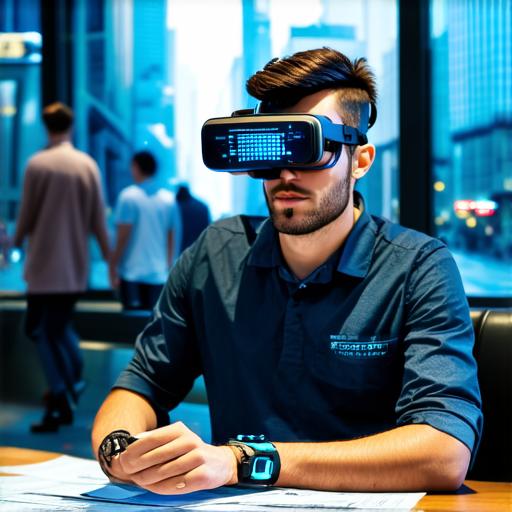
4. What are some challenges associated with augmented reality (AR), virtual reality (VR), and mixed reality (MR)?
One of the main challenges associated with AR, VR, and MR is that they require significant technical expertise to set up and maintain. Additionally, these technologies can be expensive, which may limit their adoption in certain industries. Finally, there are concerns around privacy and data security when using these technologies to overlay digital information onto the real world.
